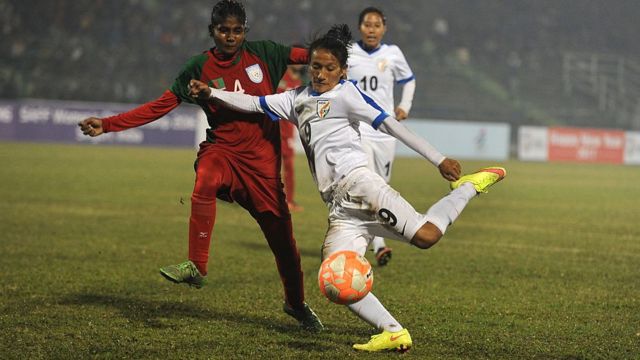The coefficient is the probability of the occurrence of events, presented as a decimal number, which expresses the chances for a particular outcome in the line for the match. The coefficient is also a win multiplier.
How do bookmakers calculate odds?
When a player enters the bookmaker’s office and opens the desired match, he sees many outcomes, each of which has its own odds. Few people think why bookmakers have set this or that coefficient, and why they are constantly changing.
Before publishing a sporting event in a line, bookmaker analysts carefully study the chances of teams and take into account the opinion of the majority of players. In fact, only the giants of the betting world have their own analytical department, while the rest of the operators acquire the line from specialized firms.
Odds on supposedly more popular bets are lowered, and on less popular ones they are increased in order to attract the attention of players. And, it is worth noting that the correct forecasting of the flow of money is much more important for bookmakers than determining the chances of teams. After all, the bookmaker never sets a goal to give the most accurate forecast, for this organization the most important thing is to make money with any result.
A coefficient is an indicator that is inversely proportional to probability. If a bookmaker gives a coefficient of 2.00 for a certain outcome, then, according to analysts, its probability is 50%. In order to translate it into a probability, it is enough to divide only 100% by the value of the coefficient. Therefore, a quote of 5.00 tells us that the probability is 20%.How bookmakers calculate the probability of an outcome can only be assumed, but it is known that the emphasis is on statistics. It is also not a secret for a long time that bookmakers never deviate from their algorithm, even if knowingly erroneous quotes are set for a certain match. It does not matter to them, they consciously take financial risks in the case of some events, knowing that in the long run this approach guarantees profit.
How to read the line of bookmakers?
So, the margin is a certain percentage of the probability laid down by the bookmakers in the odds. If in a tennis match the chances of the athletes to win are equal, that is, 50% to 50%, the odds should be 2.00 and 2.00. But for BC it is unprofitable. Imagine that $1,000 is bet on the victory of the first tennis player and $1,000 on the victory of the second. The first one wins and the bookmaker pays out the winning players from the money that was bet on W2. At the same time, the company itself remains with zero.
Bookmakers, on the other hand, took care of their profits in advance and came up with a margin, if you want, a percentage for their services. And instead of 2.00/2.00, they put up about 1.95/1.95 for the match. If translated into probability, it turns out 51.28% and 51.28%. The sum is 102.56%, while the total probability should be 100%. That is, the “extra” 2.56% is the margin.
Thus, instead of betting at odds of 2.00, the player bets at 1.95. Since the chances are 50% to 50%, then in a hundred conditional matches of equal rivals, each will have 50 wins. If you bet one tennis player each time for one dollar, then the player will win $47.5 and lose $50.More bets, more losses. From this follows the conclusion that you need to bet on outcomes, the probability of which is higher than the probability reflected by the coefficient.



